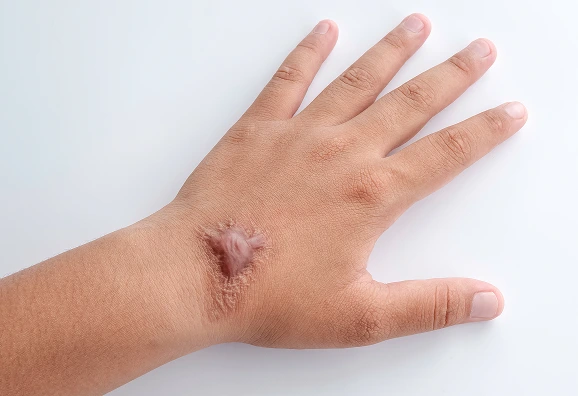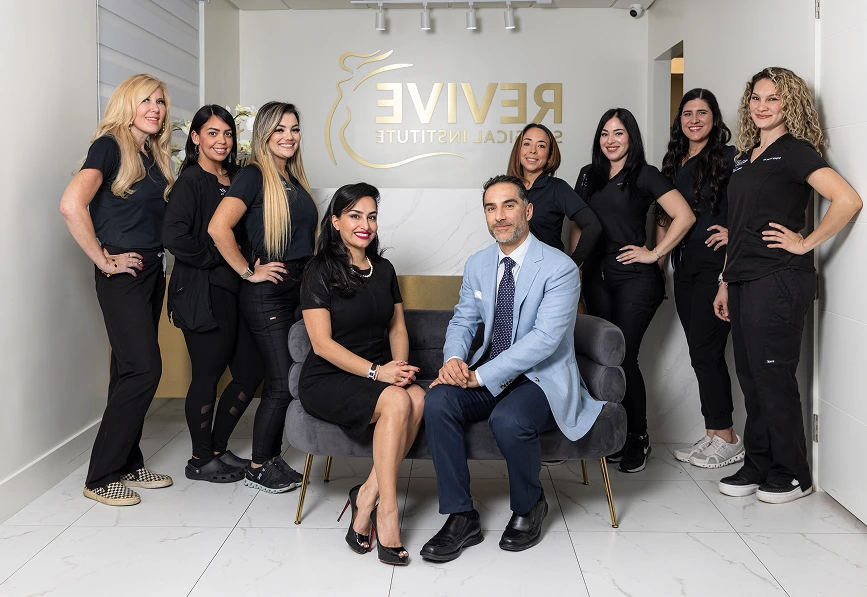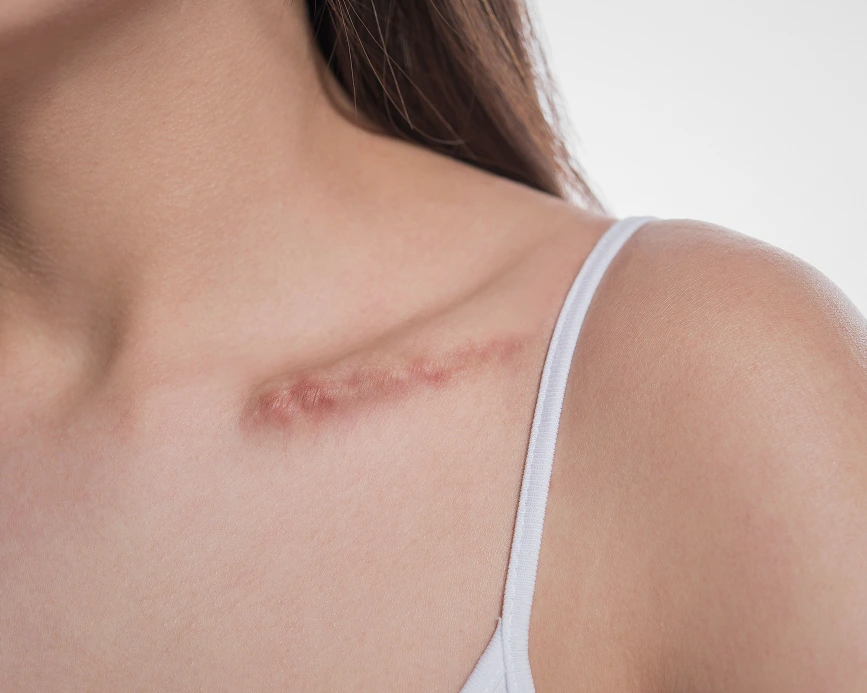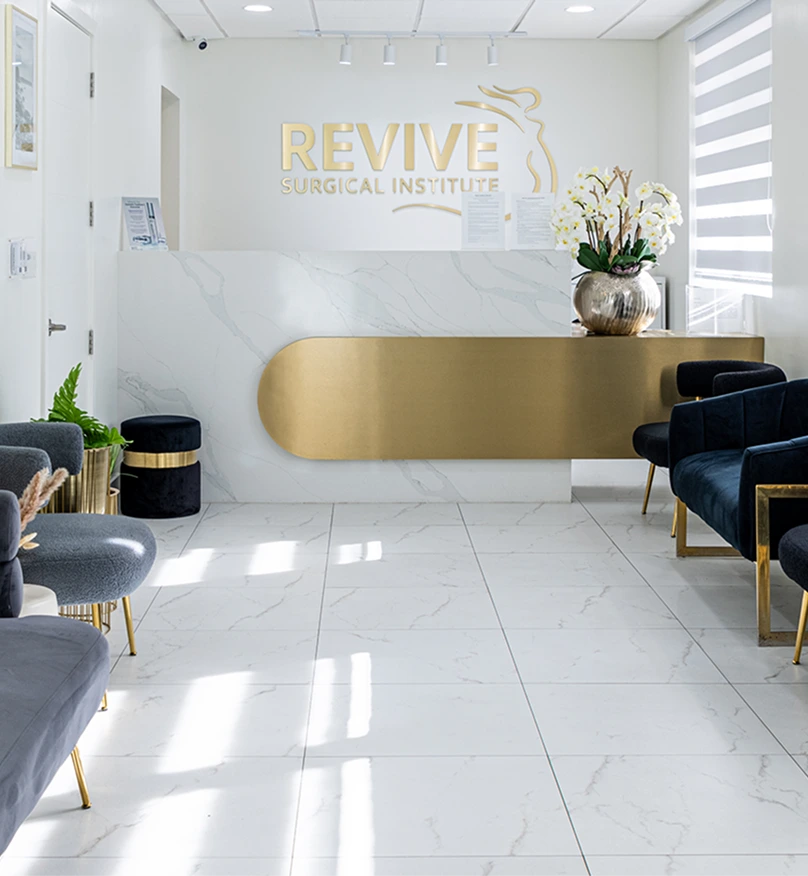Our keloid scar treatment in Miami, FL, offers relief for individuals distressed by raised, thick scars that continue to grow beyond the original injury site. Many seek care to reduce discomfort, relieve itching or tenderness, and improve the appearance of scars that affect their confidence, especially when located on visible areas like the face, chest, or shoulders.


A keloid scar is a raised scar that develops when the body produces excess collagen after wounds, such as cuts, burns, piercings, or surgical incisions. Unlike typical scars that gradually fade, keloids form beyond the original injury site and can become thick, firm, and often darker than the surrounding skin. They may continue to grow over time, causing both cosmetic concerns and physical discomfort like itching or tenderness.
Conservative treatments focus on managing surface scars and reducing symptoms through non-surgical methods, such as steroid injections, silicone sheets or gels, compression therapy, and topical treatments. These options help flatten the scar, relieve itching or tenderness, and are often used as first-line therapy or maintenance after more intensive procedures.



